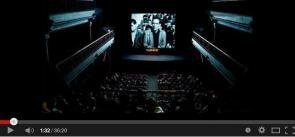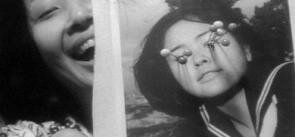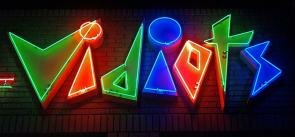Film and Moving Image Studies does not constitute a unified disciplinary field at the epistemological level. In the Euro-American sphere, these studies have been historically divided between the social sciences, human sciences, and humanities, Film and Moving Image Studies generate a wide range of knowledge in relation to often very different epistemic aims. However, the rise of academic discourses and their institutionalization had led to various questions concerning the reproduction and legitimation of knowledge in Film and Moving Image Studies. For instance, how are to distinguish between academic discourse and discourses that fall under the heading of “nonacademic criticism” (including serious forms of criticism)? Are hermeneutic practices different in these two types of discourse? Are their epistemic aims distinct? Do we have to distinguish between the different types of knowledge that are thus produced? The rapid growth of what was called "Theory" beginning in the 1970s, followed by historiography in the 80s, appears to offer ways of distinguishing and legitimizing different epistemic practices both within academic Film and Moving Image Studies and when they are confronted with other discourses on film, such as cinephilia. However, Film and Moving Image Studies have not yet extensively investigated their epistemological foundations — their the tools, their concepts, their modes of knowing and their forms of rationality.






